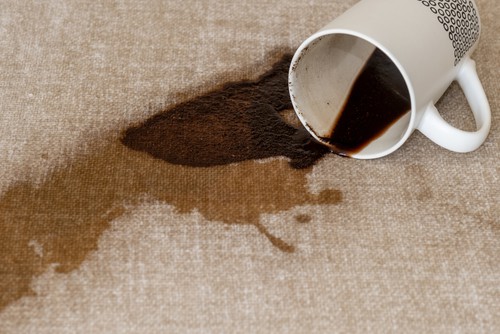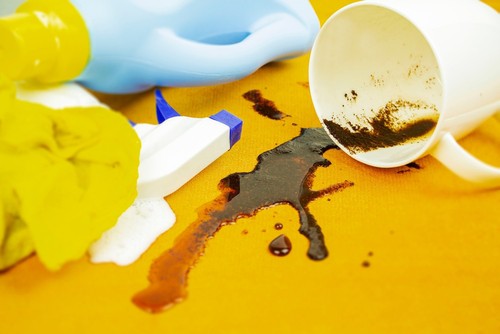9 Smart Ways To Clean Your Upholstery
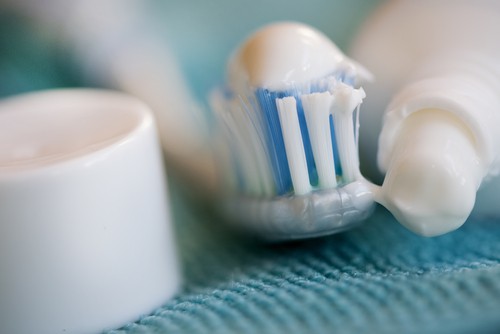
How To Use Toothpaste As Cleaning Products?
October 5, 2018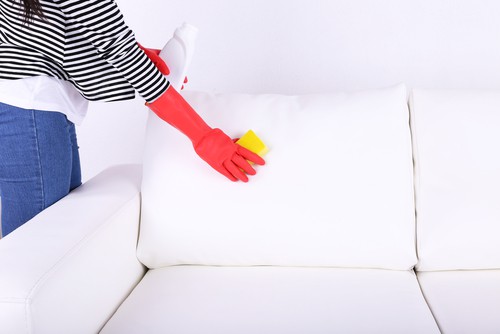
Sofa cleaning – What You Need To Know
October 5, 2018
Upholstered furniture can make any Singapore home attractive, but can likewise turn up unsightly and get very uncomfortable when it gets really dirty. Clean furniture is definitely more enticing to sit on and looks quite attractive as a valuable piece within your house. Knowing these 9 Smart Ways To Clean Your Upholstery will lengthen its lifespan and make life easier for you with less hassle and efforts required in maintaining your upholstery.
1. Brush Off Caked-On Dirt
Carefully scrape or brush off caked-on dirt and dry, crusty chunks that have clung onto your upholstered furniture. Use a bristle brush and take extra care not to rub particles further in. Pay more attention into areas that are usually the dirtiest, such as the armrests or headrests of a couch.
2. Vacuum Prior to Cleaning
It’s a best practice to vacuum your upholstery first beforehand to whisk the dirt and dust away. Otherwise, you’ll find a very hard time dealing with it once the fabric gets wet. Start off by tightening buttons that may have loosened or any clip threads which can snag during vacuuming.
Make use of vacuum head attachments such as a soft brush for the cushions, and crevice tool to reach deep corners and nooks. There are machines designed to eliminate pet hair as well, or you can opt for the right kind of pet hair remover for your furniture.
3. Check the Cleaning Tag
Checking the upholstery cleaning tag code is crucial in order to establish what kind of cleaner to use:
W – A W tag means water based cleaner can be used and will not damage your upholstery.
S- An S tag means that a dry cleaning solvent or other products that are free of water can be utilized, so that the cleaning solution does not damage the fabric.
WS- This tag means that you can choose either a dry cleaning or water-based cleaner on the fabric without damaging your upholstery.
X- An X tag means that any of the two options cannot be used when cleaning your upholstery since they can damage your furniture. Instead, seek professional cleaning advice for the best way to go and preserve your investment.
Failure to follow the simple tags and the corresponding instructions could lead to damaging your upholstery in a way that is irreversible. You will only end up replacing it so soon or buying a new set of furniture which can be costly and beyond budget.
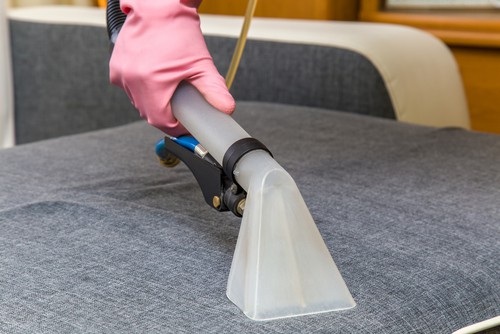
4. Consider the Kind of Material
There are a myriad of materials that can be used to create upholstered furniture, and some are even made up of two different fabrics. Cleaning methods vary from one material to the other, hence the ideal techniques and products or solutions must be applied to avoid losing your furniture’s original qualities such as its color.
5. Determine The Exact Type of Stain
There’s not a single upholstery cleaner that will work its magic on all types of stains, rather there is one that can work its way into oil and grease, protein, berry, fruits, various foods, drinks, and other sorts. Stubborn stains will budge if dampened first with a sponge that has been soaked in the right solution, then pat dry and allowed to sit for several minutes on the tough spots.
6. Spot Clean
Spills can be inevitable, no matter how careful you are especially with kids or pets in the house. It won’t be too troublesome if you manage to be quick to follow-up and gently, immediately blot any spills. Do not rub or scrub, but simply blot with a clean, absorbent white towel or a paper towel for the purpose of clearing as much liquid before it soaks in deeper. This will prevent the spill from setting into the fabric and later become quite difficult to get rid of. The bottom line is, it’s easier to remove stains while fresh and any potential damage can be evaded such as wood within upholstered furniture.
7. Test First on a Small Spot
Another smart way to clean your upholstery is to test your cleaning product first on the furniture’s inconspicuous area. Apply the solution with a soft brush, doing it in a circular motion to get it into the fibers of the fabric. You can also try dipping a sponge into your own detergent mixture, then rub it onto the back of your furniture or the underside of a couch.
Wipe the area dry with a clean cloth and then vacuum once it is completely dry. This way, you can see results for yourself in this small spot of your furniture, somewhere hidden from sight, like any signs of color fastness or shrinkage. If any discoloration occurs, and though you’ve used a natural solution and followed instructions on the tags, consider to hire professionals to do the job and break-free from the frustration or worries.
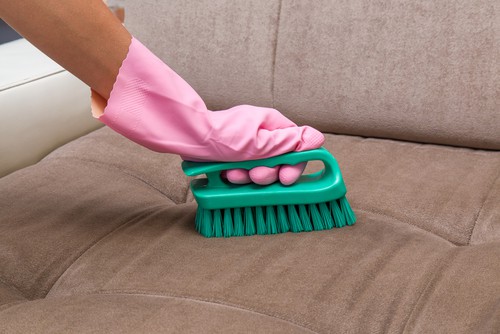
8. Dry Upholstery Thoroughly
After all your careful considerations and efforts on cleaning your upholstered furniture, the last thing you want to happened is for that to go to waste. There are cases when it can become worse with the build up of mildew, mainly because the furniture was not allowed to fully dry before using it again. Separate cushions and pillows for a quicker drying process and once everything is completely dry and you’re certain about it, go put them all back together and delight in your clean furniture that looks fantastic and good as new.
9. Proper Maintenance and Regular Cleaning
Don’t wait for your upholstery to get visibly dirty before acting on it, and trying to restore its original color and appearance. Hiring professional service is not just necessary when all else fails, but deep cleaning upholstered furniture is ideally done every year or two. Regular maintenance will not only render you with a couch that’s once again attractive like the time you bought it, but its comfort is also restored and extend its life.
By leaving it to the hands of experts, you can rest assured that they will do an excellent and efficient job without causing any damage to your furniture. Save your valuable time and efforts on cleaning amidst a busy schedule, and they can help you save money too in the long run.

